On Thursday, 28 October 2021, less than 24 hours after its disappearance from Google Play Store, the e-Naira speed wallet app, was restored on the platform.
Earlier, and barely 48 hours after the launch of the Central Bank of Nigeria‘s (CBN) digital currency e-Naira, the speed wallet application, one of the two electronic apps of the digital currency was removed from the Google Play Store. The app which had recorded over 100,000 downloads, was taken down from the platform.
In the wake of the event, many Nigerians had taken to social media to register their unpleasant experiences with downloading and using the application. It was claimed that the numerous complaints and consequently, low-star rating by users caused the removal of the app from the website. Google Play Store provides minimum functionality as one of the policy content.
However, the Director, Corporate Communications Department of the CBN, Osita Nwanisobi, maintained that the removal of the app from the store was to enable an upgrade that would improve the user experience.
Internet fraudsters exploited the opportunity to set up a fake twitter account which they claimed was the official account for the e-Naira, and was managed by the CBN. Responding promptly to the development, CBN notified the general public of the fraudulent account and issued a caveat.
Despite bombast claims by the CBN about the reliability and efficiency of the e-Naira, the new digital currency didn’t survive a whole week without glitch.
President Muhammadu Buhari, who echoed the words of the CBN governor Godwin Emefiele, said that “Alongside digital innovations, Central Bank Digital Currency (CBDC) can foster growth through better economic activities. Indeed, some estimates indicate that the adoption of CBDC and its underlying technology, called blockchain, can increase Nigeria’s Gross Domestic Product (GDP) by US$29 billion over the next 10 years.
“CBDCs can also help increase remittances, foster cross-border trade, improve financial inclusion, make monetary policy more effective, and enable the government to send direct payments to citizens eligible for specific welfare programmes.”
What seems inexplicable is how the e-Naira would raise the nation’s GDP $29 billion in 10 years.
Perhaps, the statement that the e-Naira had the potential to increase the nation’s GDP by the said margin was informed by the speculation that the digital currency would complement the physical naira as a less costly means of payment which means that more will be saved minimising the high cost of printing Naira notes.
According to data from the CBN’s annual report, the nation spent a total of N307 billion on printing banknotes between 2014 and 2019. The cost rose from N31.1 billion in 2014 to N75.5 billion in 2019. The country spent N23.1 billion in 2015, which increased to 30.1 billion in 2016 while N33.4 billion was spent the following year. The cost of printing Naira increased further to N49.5 billion in 2017 and N64.04 billion in 2018.
But there is, indeed, no guarantee that the new digital currency will decrease the printing and circulation of new notes.
Clearly, the introduction of the blockchain e-Naira precludes the illiterate society who cannot understand the functioning of the system. Additionally, the e-Naira can only be used through funded wallets which require a mobile device to be accessed. This means that the vast majority of Nigerians living under the poverty line and who can hardly afford these gadgets are completely cut off utilising the currency. And this is notwithstanding the apex bank’s claim that e-Naira wallet can work on conventional non-smartphones.
Recall that, in May 2020, the National Bureau of Statistics (NBS) released the “2019 Poverty and Inequality in Nigeria” report, which showed that 40 percent of the total population, ie almost 83 million people, live below the country’s poverty line of 137,430 naira ($381.75) per year.
These classes of citizens, understand the language of cash. Daily transactions in the markets, construction sites and motor parks, which majorly involve physical cash, indicate that in these quarters, physical cash is still very much required, and therefore much may not be saved from a reduction in printed currency.

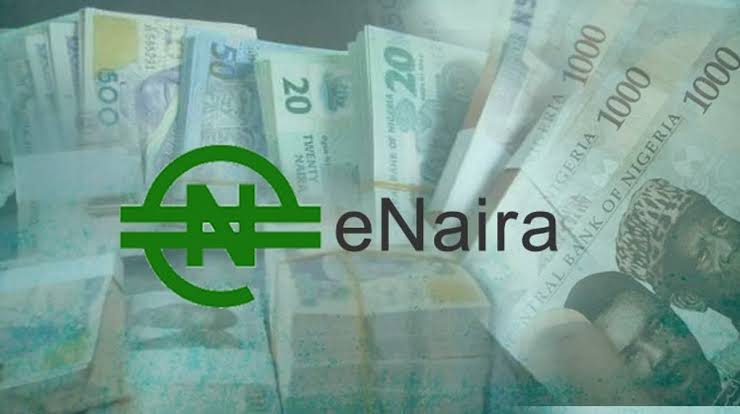



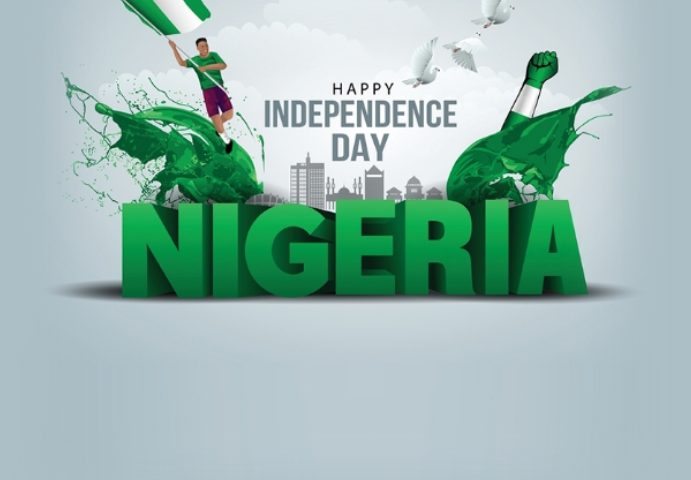

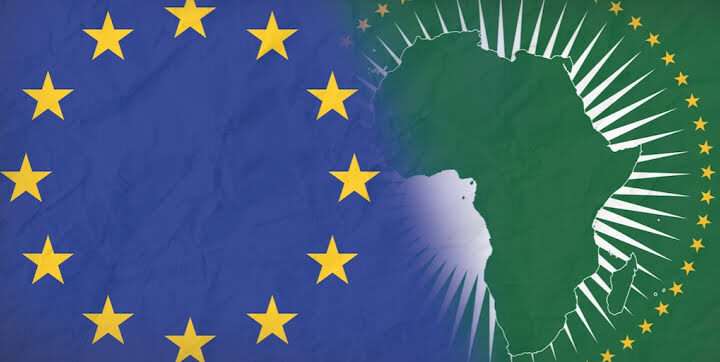

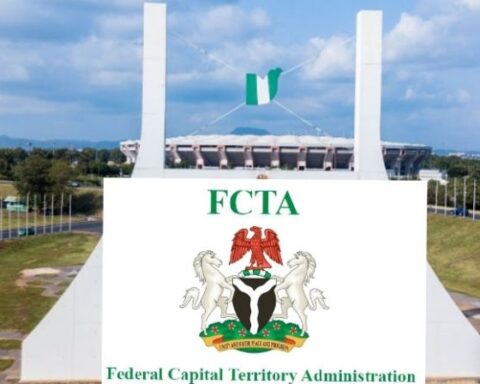
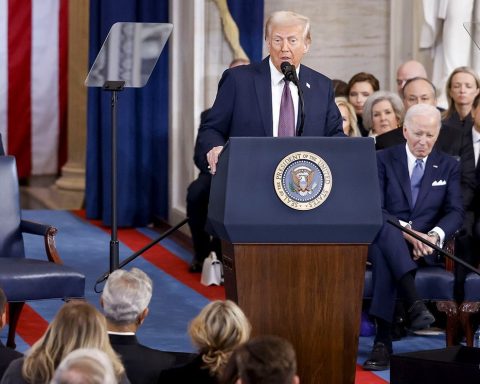
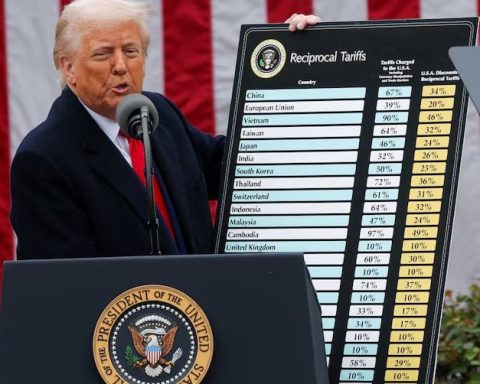




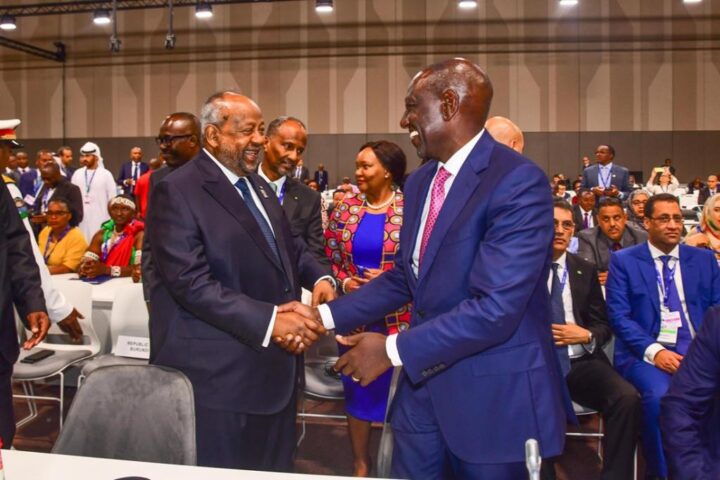
![Gender Activism An Economic Necessity In Africa [PBA Editorial]](https://www.primebusiness.africa/wp-content/uploads/2023/11/vaw-720x480.png)
Follow Us